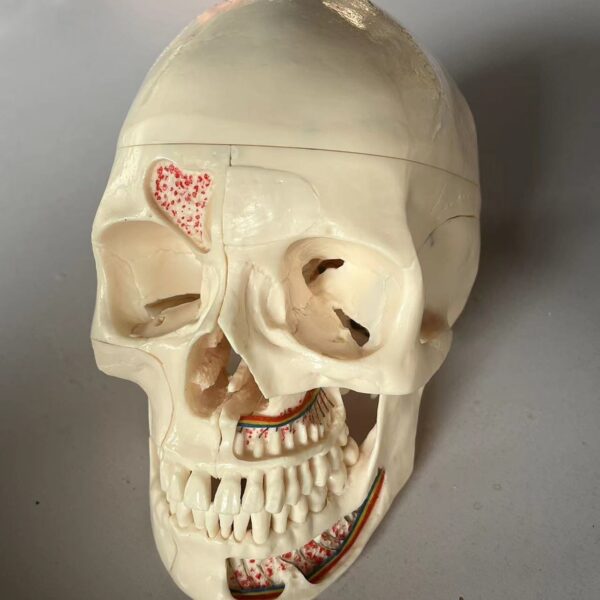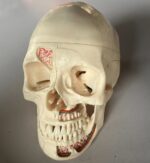
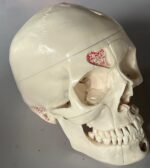
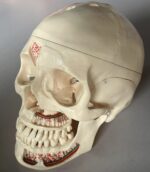
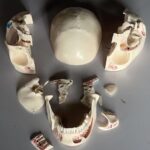
Teeth Anatomy Skull
$700.00 Original price was: $700.00.$468.00Current price is: $468.00.
Free Shipping
(Except Lab Equipment and Zirconia Blocks Products)
Flexible Return Policy
Learn More About Our Return Policy
Advanced Order Tracking
Tracking Order with the Most Trusted Providers
Genuine Products
Products from Reputable Manufacturers
Multiple Shipping Options
DHL, FedEx, EMS, and UPS options
10 parts detachable teeth anatomy skull model.
Skull model with detachable parts is an excellent educational tool for students in the field of dentistry and medicine. Its realistic representation of the human skull, coupled with its durable construction, makes it an ideal tool for learning and studying the anatomy of the skull.
Enhance your dentistry education with skull model, designed to provide a comprehensive understanding of the human skull’s anatomy.
Experience hands-on learning with our detachable Skull Model, perfect for dental students looking to improve their clinical skills.
Free shipping.
| Weight | 2 kg |
|---|---|
| Dimensions | 25 × 25 × 25 cm |
Ten Parts Of Skull Medical Teaching Model
The skull model with detachable parts is an excellent educational tool for teaching anatomy to students in the field of dentistry and medicine.
The model is made of a resin material, which ensures its durability and longevity. The duplicates type II~III hardness resin material used to create the skull model is close to the human skeleton, making it a realistic representation of the human skull.
Feature
This model features ten detachable parts, allowing students to study each component of the skull individually.
The frontal sinus, perpendicular lamina, and vomer are equipped with flaps that can be opened to view the lateral nose wall and sphenoidal sinus.
On the left side, the temporal bone can be removed and folded up to expose the area of the tympanic membrane.
The maxilla and mandible of the skull are opened to reveal the alveolar nerves.
On the right side of the model, the temporal bone is opened to reveal the sigmoid sinus, the facial nerve canal, and the semicircular ducts.
These features make the model a comprehensive representation of the human skull’s anatomy, allowing students to study the intricate details of the skull’s structure.
Benefit in medical and dentistry teaching
- Comprehensive Understanding of the Anatomy: The skull model provides a detailed understanding of the human skull’s anatomy, including the bones, muscles, nerves, and blood vessels. This knowledge is essential for dental students, as it helps them understand the complex structures involved in oral health and dental procedures.
- Hands-on Learning: The detachable parts of the skull model allow students to learn through hands-on experience, which enhances their understanding of the subject. They can explore the structure of the skull by manipulating its parts, giving them a more immersive and engaging learning experience.
- Improved Clinical Skills: The Skull Model is an excellent tool for developing clinical skills. By studying the model, students can gain a better understanding of the different techniques used in dental procedures such as extractions, implants, and root canal treatments.
- Enhanced Patient Care: A thorough understanding of the skull’s anatomy is crucial for providing effective dental care to patients. By using the skull model in their education, dental students can develop a better understanding of the structures involved in oral health and how they interrelate. This knowledge can help them provide better patient care and improve treatment outcomes.
- Better Diagnosis and Treatment Planning: The skull model is an invaluable tool for diagnosis and treatment planning. By studying the model, students can develop a better understanding of the relationship between the different structures of the skull and how they affect oral health. This knowledge can help them diagnose and treat dental conditions more effectively.
We are committed to providing dental professionals with the highest quality lab equipment, products, and supplies. We understand the importance of receiving your orders on time and in perfect condition. We’ve partnered with leading shipping providers to offer reliable and efficient delivery services. Below, you will find detailed information about our shipping and delivery policies.
Our Shipping Partners
We are proud to partner with the following trusted carriers to ship our dental lab products worldwide:
- FedEx: Known for its fast and reliable service, FedEx offers a range of shipping options to meet your needs.
- DHL: With a global reach, DHL ensures your dental lab supplies are delivered safely, no matter where you are.
- UPS offers domestic and international shipping services; UPS is an excellent choice for timely deliveries.
- EMS: Ideal for international shipments, EMS provides secure delivery with the benefit of being more cost-effective.
Online Tracking
We understand that it’s important for you to stay informed about the status of your shipment. That’s why all orders come with online tracking options that allow you to track your package in real-time. Once your order is dispatched, we will send you a shipment confirmation email containing a tracking number and a link to track your package online. This way, you can easily stay updated on the status of your delivery and know exactly when to expect your order.
Shipping Times and Costs
- Processing Time: Orders are processed within 1-2 business days. Custom orders may take longer, and you will be informed accordingly.
- Delivery Times: Delivery times vary based on location and the selected shipping option. Typical delivery times are as follows:
- Domestic shipments: 2-5 business days
- International shipments: 5-14 business days
- Shipping Costs: Shipping costs are calculated based on the weight and dimensions of your order and the shipping destination. You can see the shipping cost at checkout before finalizing your purchase.
Packaging
We take great care in packaging your orders to ensure they arrive in perfect condition. Our products are securely packed to prevent damage during transit.
International Shipments
For international customers, please be aware that shipping times can vary significantly based on your country’s customs processes. Additionally, customers are responsible for any customs and import taxes that may apply. We are not responsible for delays due to customs.
Customer Service
Should you have any questions or concerns about your order’s shipping and delivery, our customer service team is here to help. You can contact us via email or phone; we’ll gladly assist you.
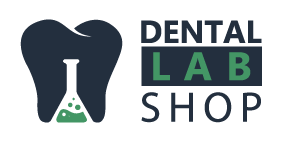
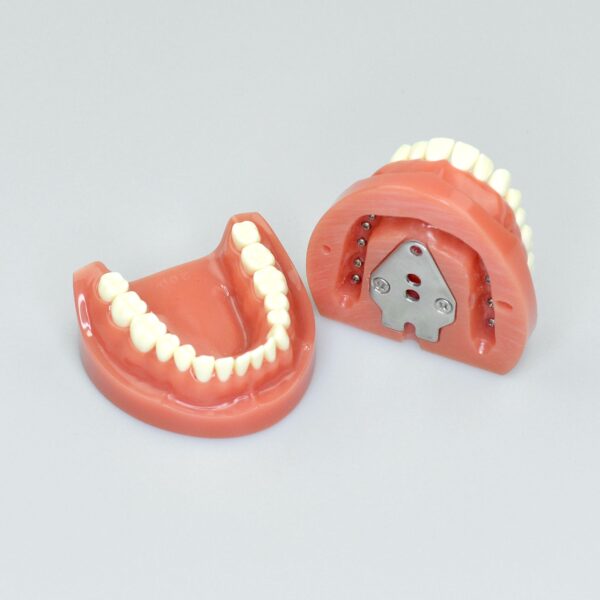

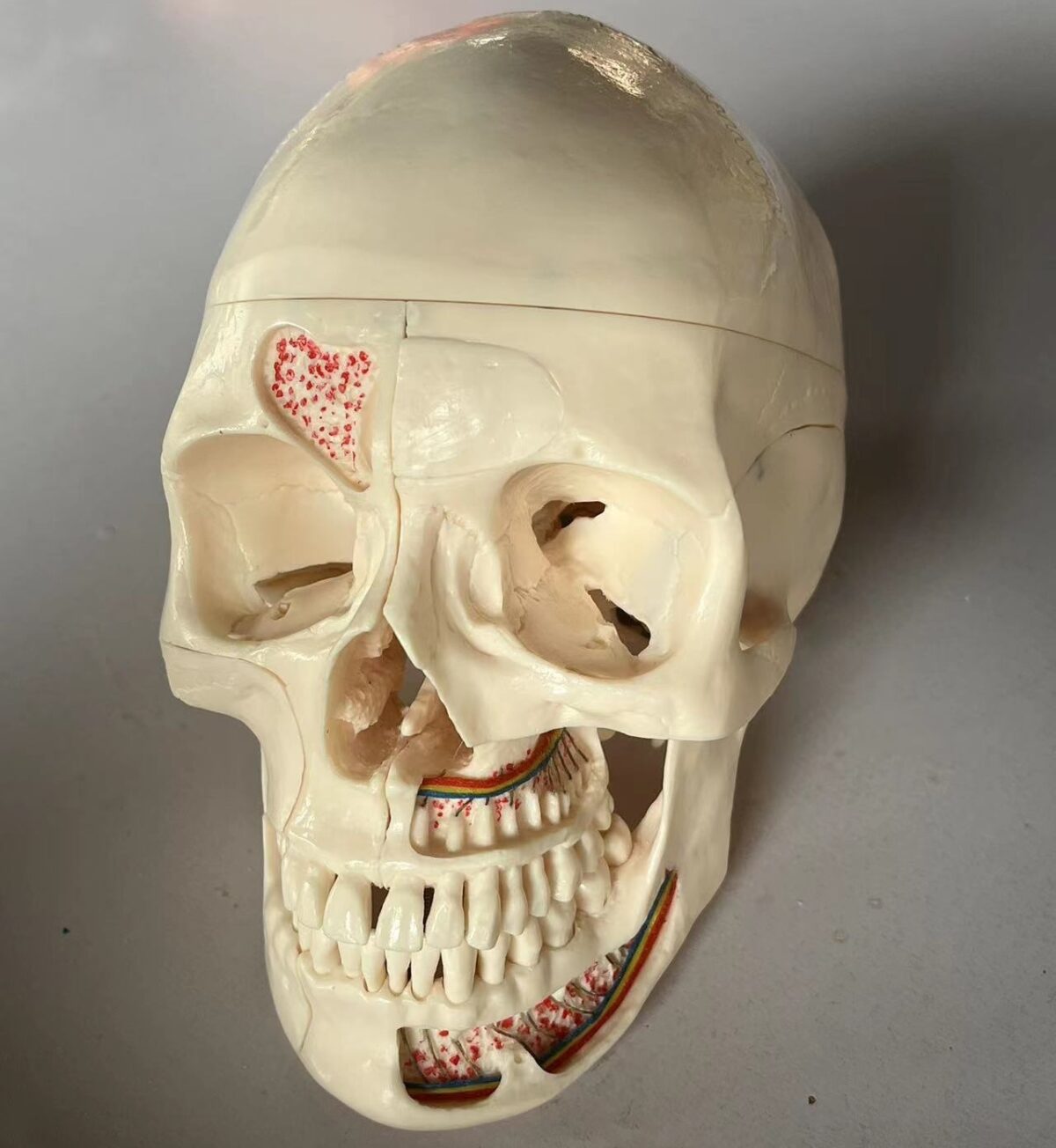
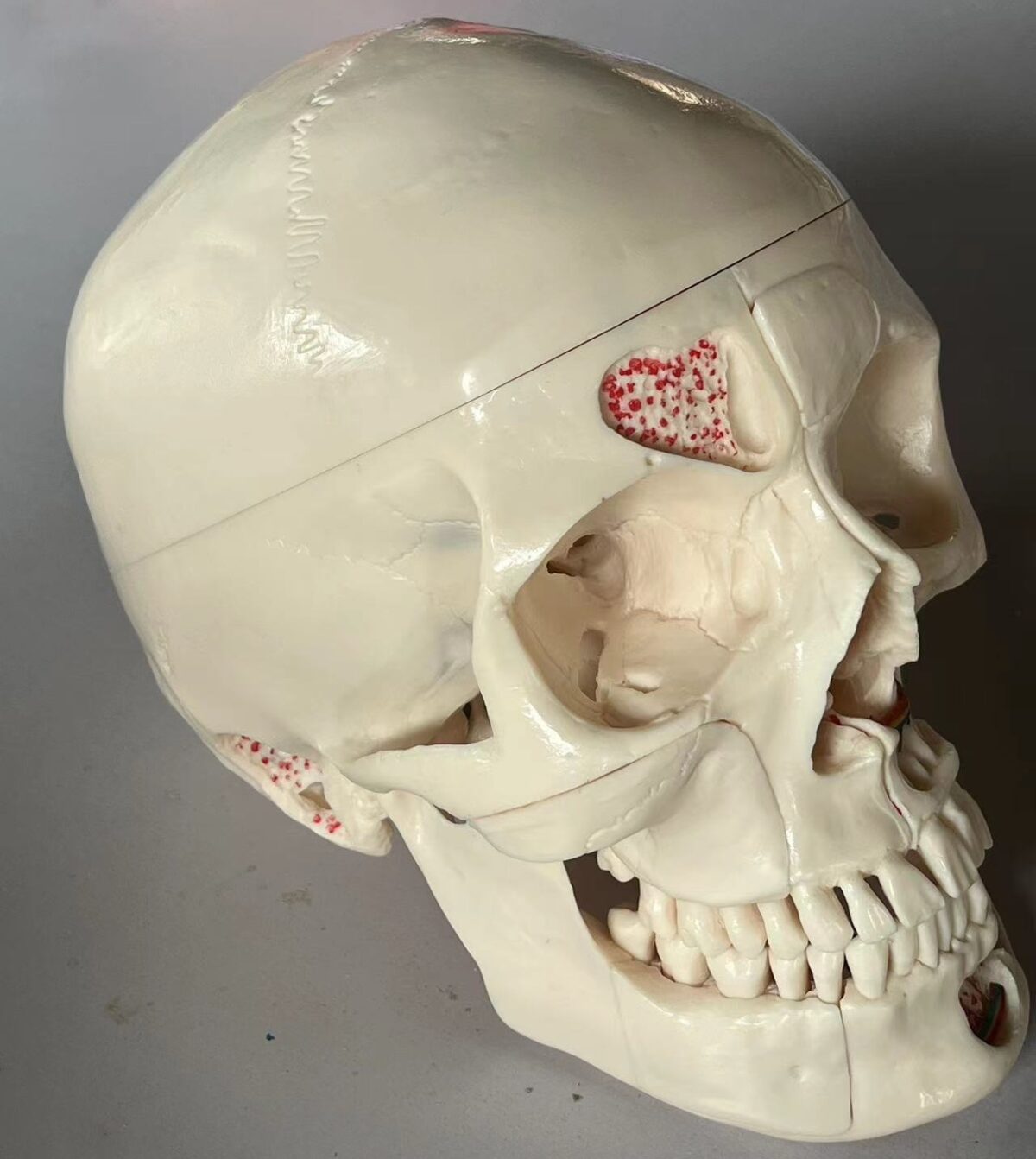






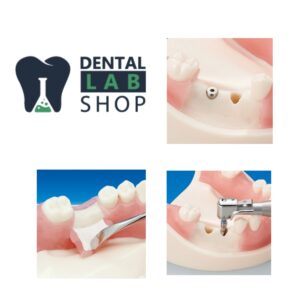 Mode base has magnet plate, easy to attache simulator.
Free shipping.
Mode base has magnet plate, easy to attache simulator.
Free shipping. 





